The Ultimate Guide to Growing and Caring for Java Fern.
Java fern (Microsorum pteropus) is a beautiful and versatile aquatic plant species that has become popular among aquarium enthusiasts. This hardy, low-maintenance plant adds visual appeal and diversity to your aquarium and provides numerous benefits to the aquatic ecosystem. This comprehensive guide will explore everything you need to know about growing and caring for Java ferns in your aquarium.
Introduction to Java Fern
Java fern is a slow-growing, perennial aquatic plant native to Southeast Asia. It can thrive in various environments, such as streams, waterfalls, and rocks near water bodies. This adaptable nature makes it an excellent addition to different sizes and setups of aquariums.
The physical characteristics of the Java fern include its attractive, bright green leaves that can grow up to 14 inches in length. The leaves have an elongated, lanceolate shape with wavy or slightly serrated edges. Java ferns do not have true roots; instead, they feature rhizomes that anchor the plant to surfaces such as rocks, driftwood, or other ornaments in the aquarium.

Ideal Conditions for Java Fern Growth
Java ferns are highly adaptable plants that can tolerate various water conditions. They will live in a larger temperature range from 20-29 Degrees Celsius with a pH level ranging from 5.0 to 8.0. This means Java Ferns are suitable for nearly every aquarium set up. In addition, the plant can thrive in low to moderate lighting, making it suitable for aquariums that do not have high-intensity light sources.
Attach the rhizome to a piece of driftwood, rock, or any other decorative object using thread, a fishing line, or a plant-specific adhesiveto integrate Java fern into your aquarium setup. Ensure not to bury the rhizome in the substrate, which can cause the plant to rot.

Varieties of Java Ferns
Several varieties of Java ferns differ in size, leaf shape, and growth patterns. Some popular types include:
- Narrow Leaf Java Fern: This variety has slender, needle-like leaves and is more compact than the standard Java fern. This is easy to find in NZ, but is not commercially grown. You can find out more about Narrow leaf here
- Windelov Java Fern: Named after Danish aquarist Holger Windelov, this variety features finely branched, lace-like leaf tips, adding a delicate touch to your aquarium. This is easy to find in NZ but is not commercially grown. You can find out more about Windelov here
- Trident Java Fern: This variety is an eye-catching addition to any aquascape with its uniquely forked and trident-shaped leaves. This is hard to find in NZ, but it is here.
- Broad Leaf Java Fern: This variety is the most commonly found sp in NZ, with wider straight leaves, it works particularly well as a background plant, or planted on the back of wood or rock. This is easy to find in NZ and is commercially grown. You can find out more about it here
- Philippine Java Fern: This sp. of Java fern is more short and stumpy compared to the standard broad leaf and has dimples on the leaves. It is often confused with broad leaf java fern. It is in NZ, but is not commercially grown and can be tricky to find.
Challenges and Difficulties
Java ferns are generally low-maintenance and resilient plants. However, they can be susceptible to algae growth, particularly in aquariums with high nutrient levels and intense lighting. To prevent algae buildup, consider reducing the light intensity or duration and maintaining good water quality through regular water changes and filtration. Increasing water flow can also help combat hair and string algae around Java Fern.

Benefits of Java Fern in Aquariums
Java ferns offer numerous benefits to an aquarium setup, including:
- Visual Appeal: With their lush green foliage, Java ferns create a stunning backdrop and add depth and texture to your aquarium
- Shelter: The dense leaves of Java fern provide hiding spots and protection for fish and fry.
- Water Quality: Java ferns absorb excess nutrients, such as nitrates and phosphates, helping to maintain a healthy water balance in your aquarium.

Care and Maintenance
Java ferns require minimal care and maintenance. They do not need additional fertilization or CO2 supplementation, as they can efficiently absorb nutrients from the water column. However, if you wish to encourage faster growth and better leaf colouration, you can provide a liquid aquarium fertilizer that contains trace elements and micronutrients.
As for lighting, Java ferns can thrive in low to moderate light conditions. Excessive lighting can lead to algae growth on the leaves, so monitoring and adjusting the light levels is essential.
Propagation
Java fern propagation is a simple process. Mature plants will produce small plantlets on their leaves that can be removed and attached to a new surface using thread, fishing line, or adhesive. The plantlets will eventually develop their rhizomes and grow into full-sized Java ferns. You can also cut the rhizome with aquarium scissors, to produce new plants.
In conclusion, Java fern is an excellent choice for beginner and experienced aquarium enthusiasts due to its hardy nature, minimal care requirements, and aesthetic appeal. By following this guide, you can cultivate a thriving Java fern population that adds beauty and diversity to your aquascape while benefiting the overall health of your aquatic ecosystem.

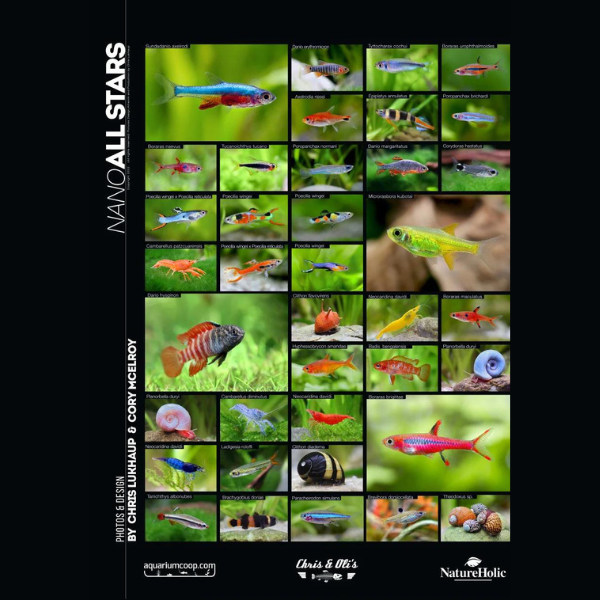
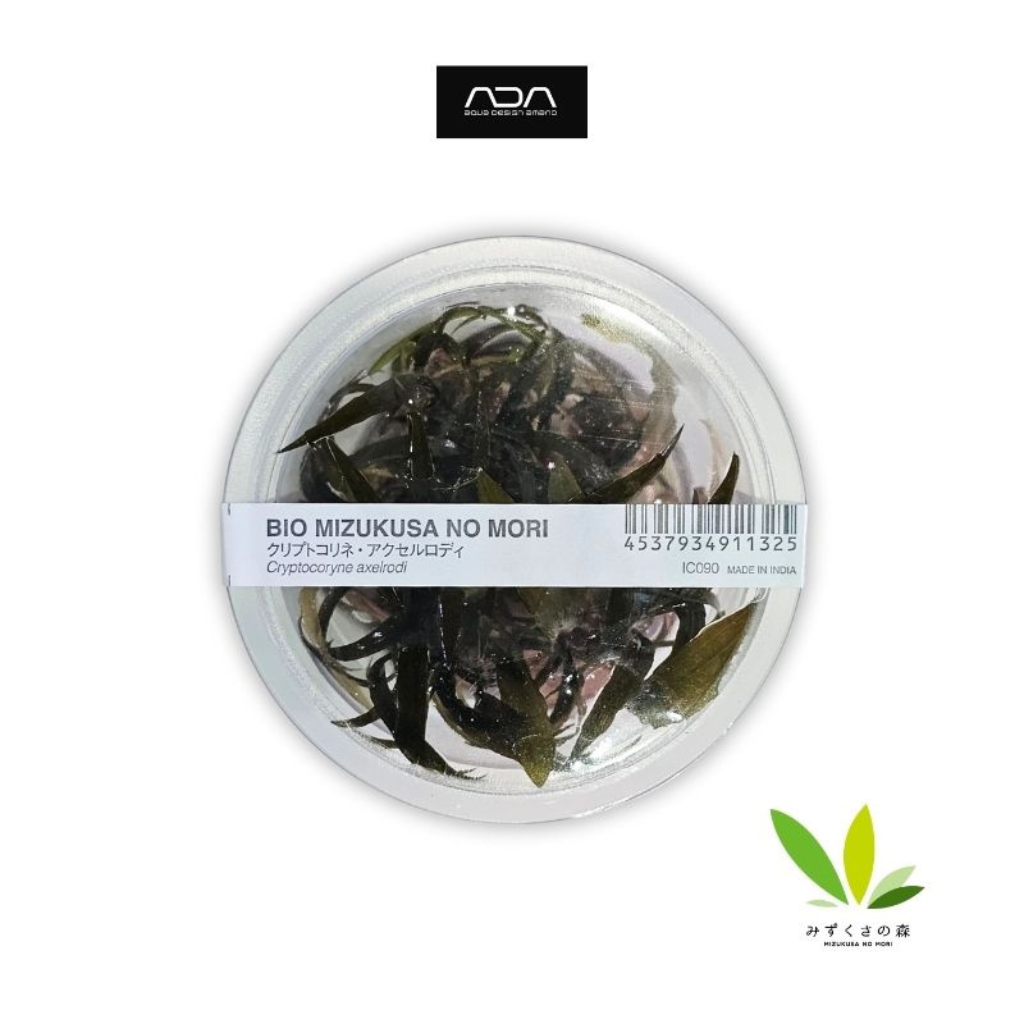
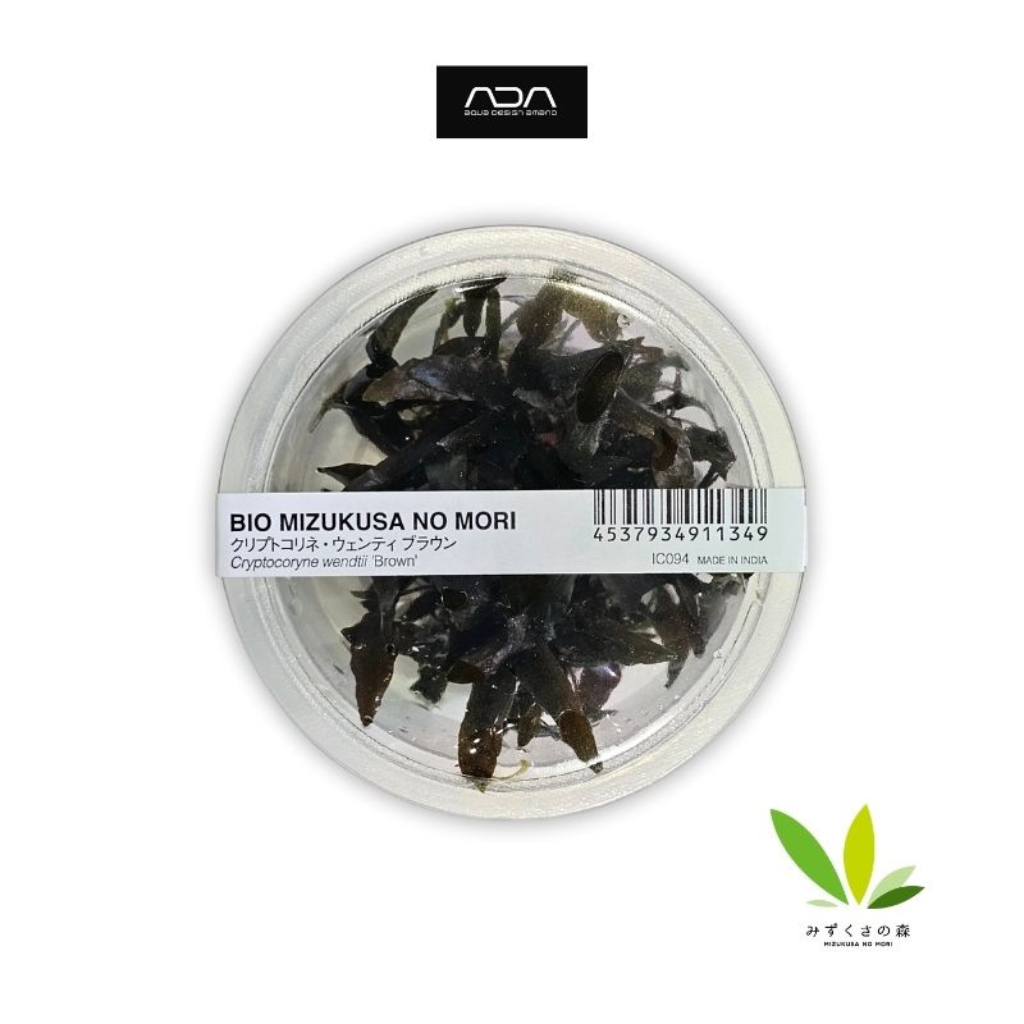
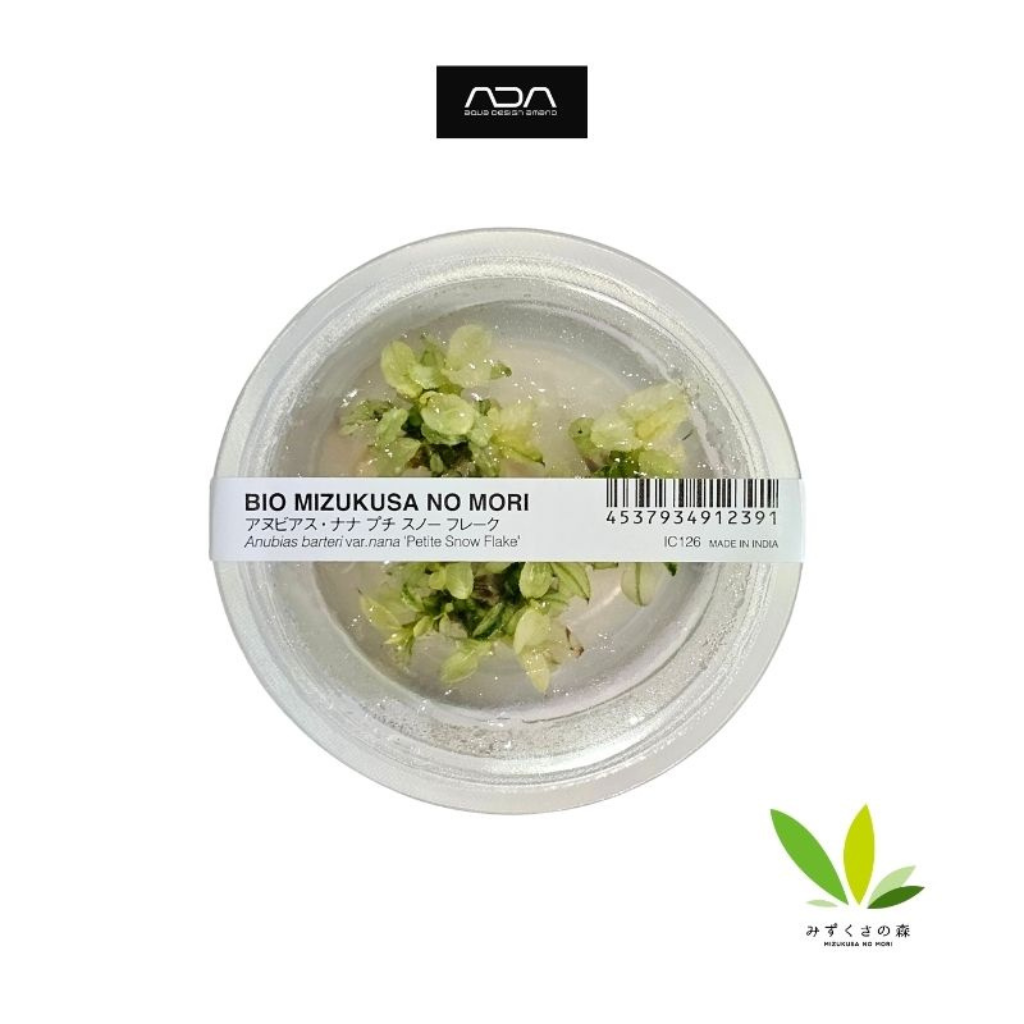
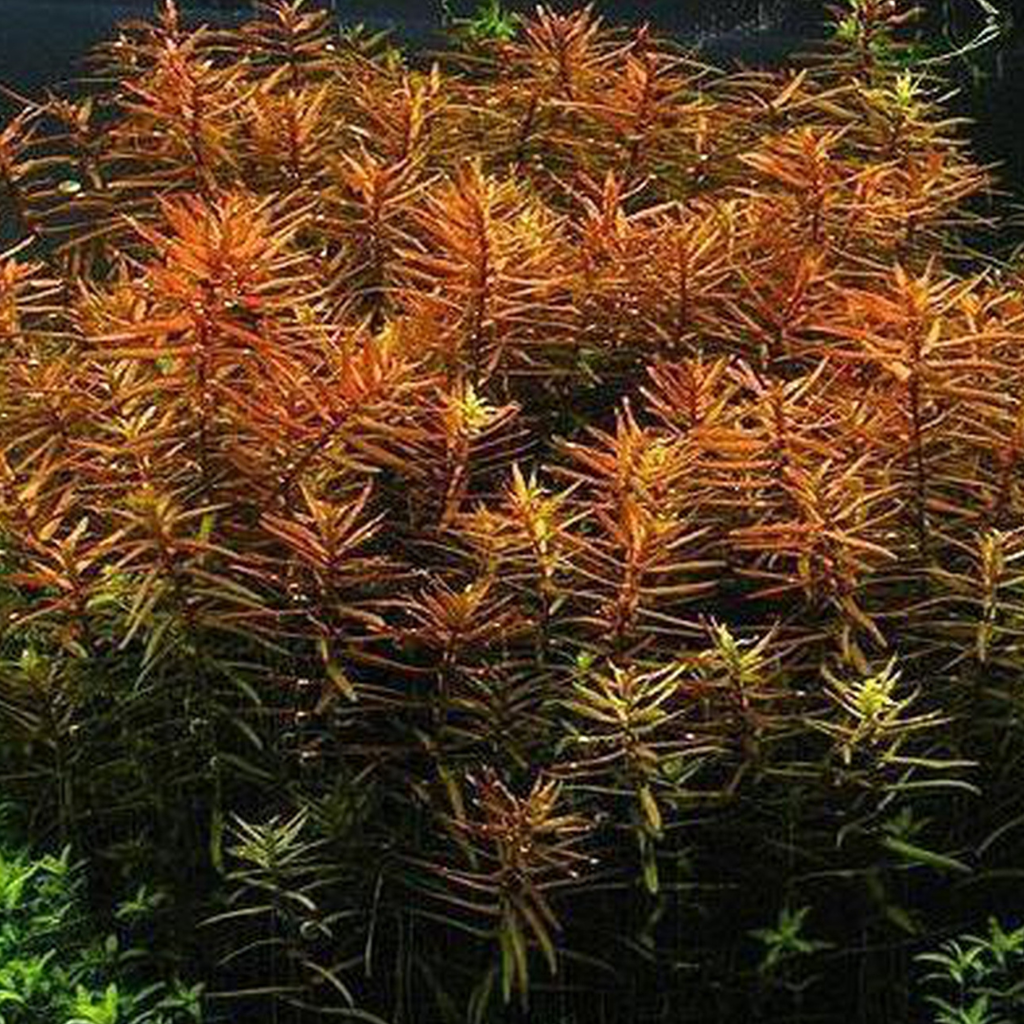
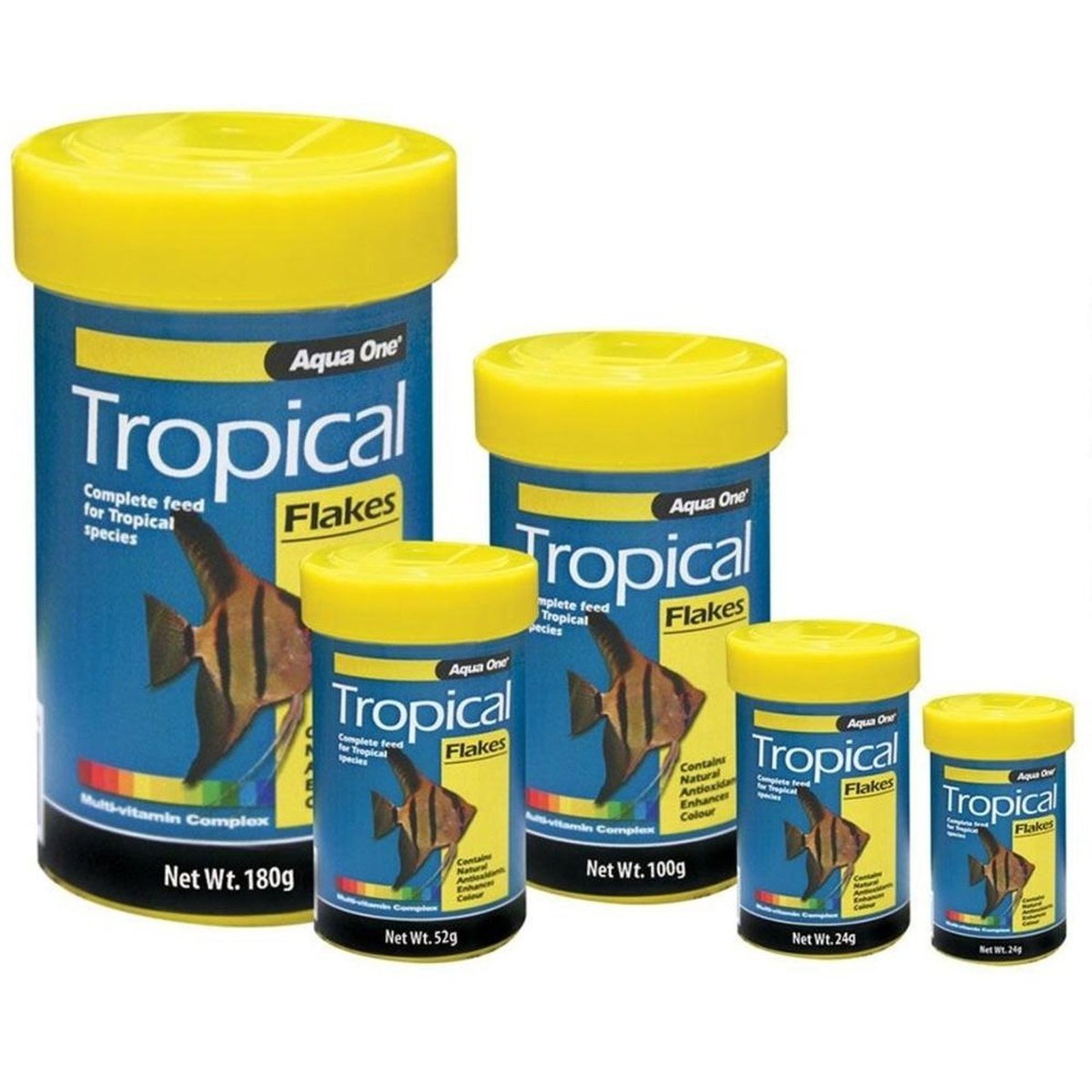
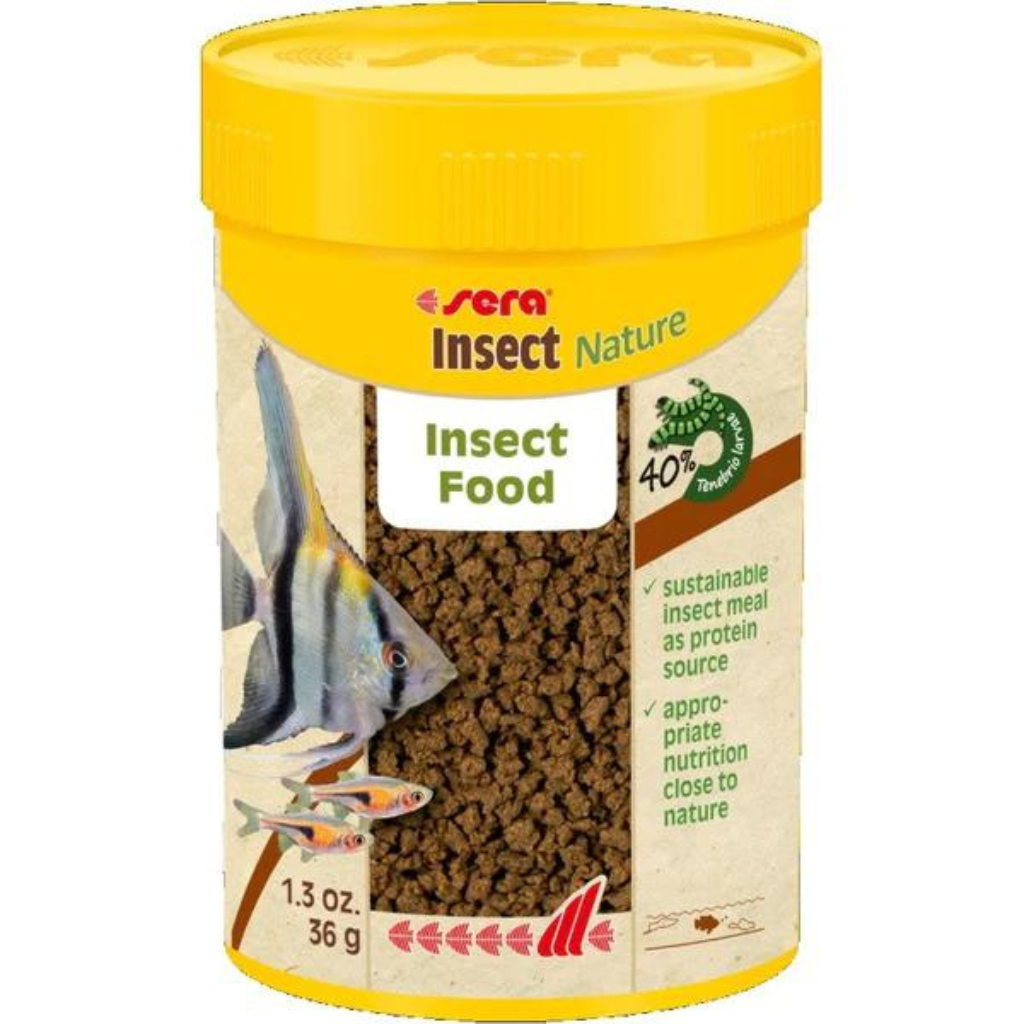
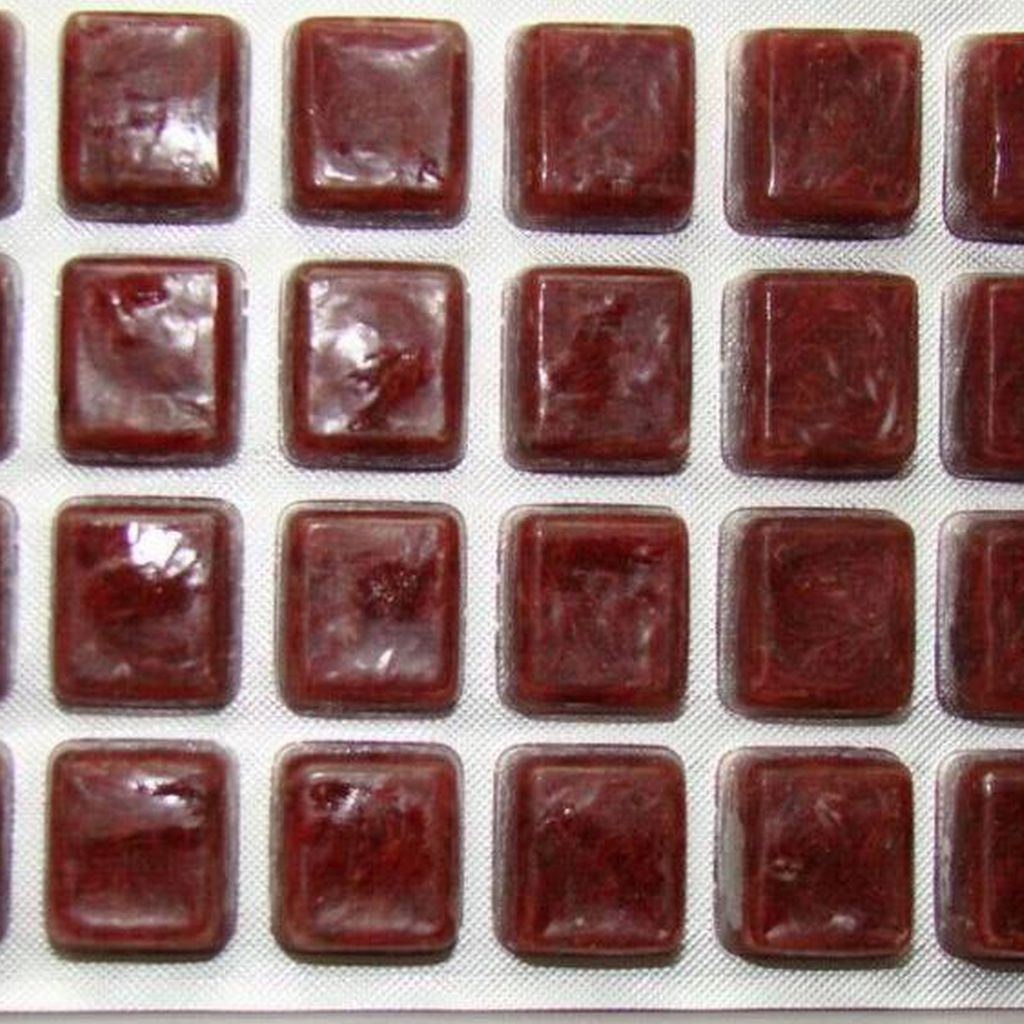





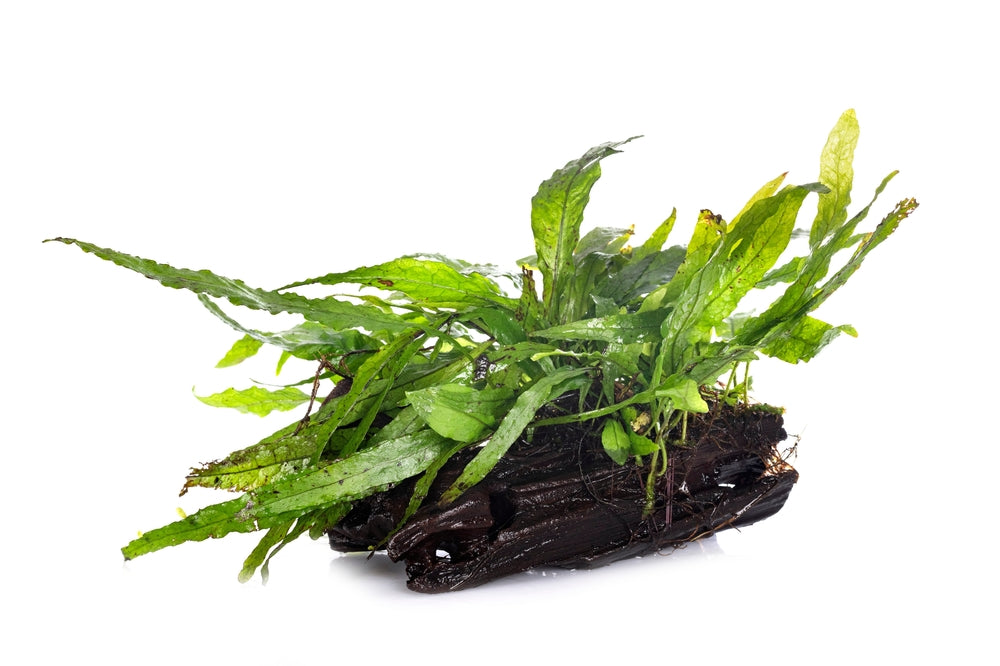
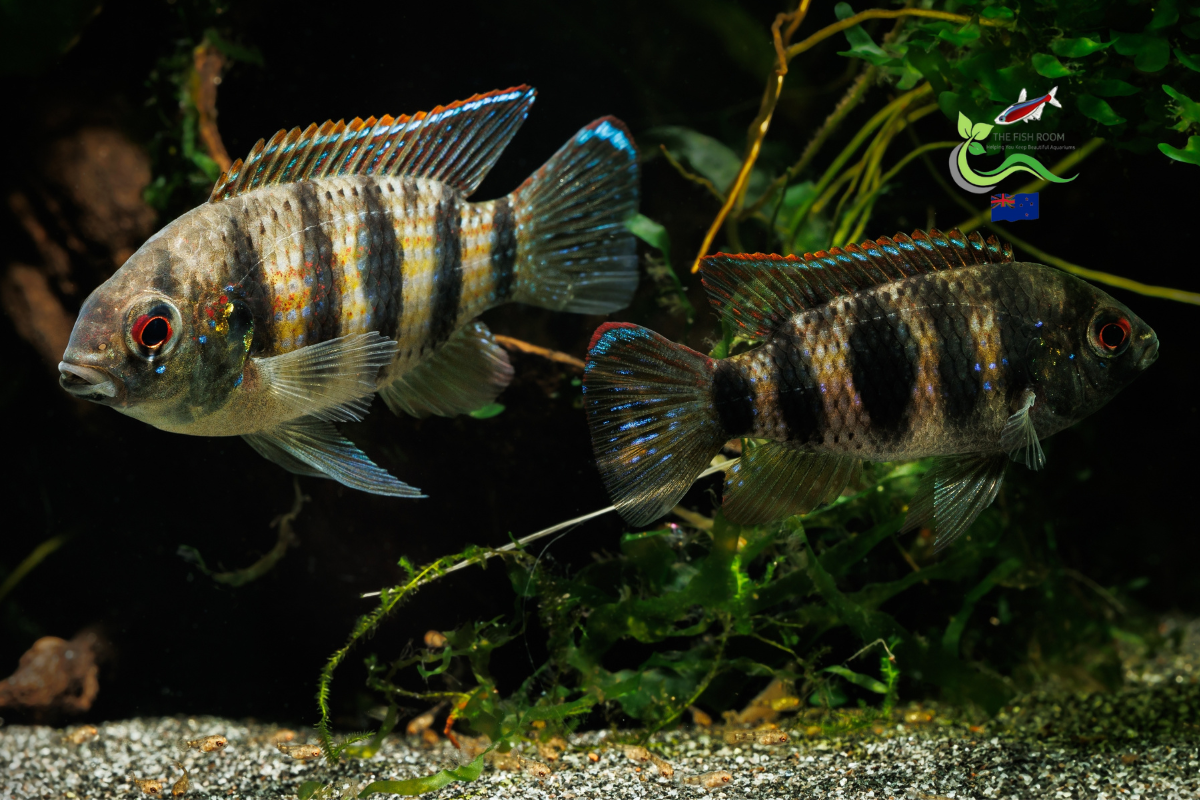
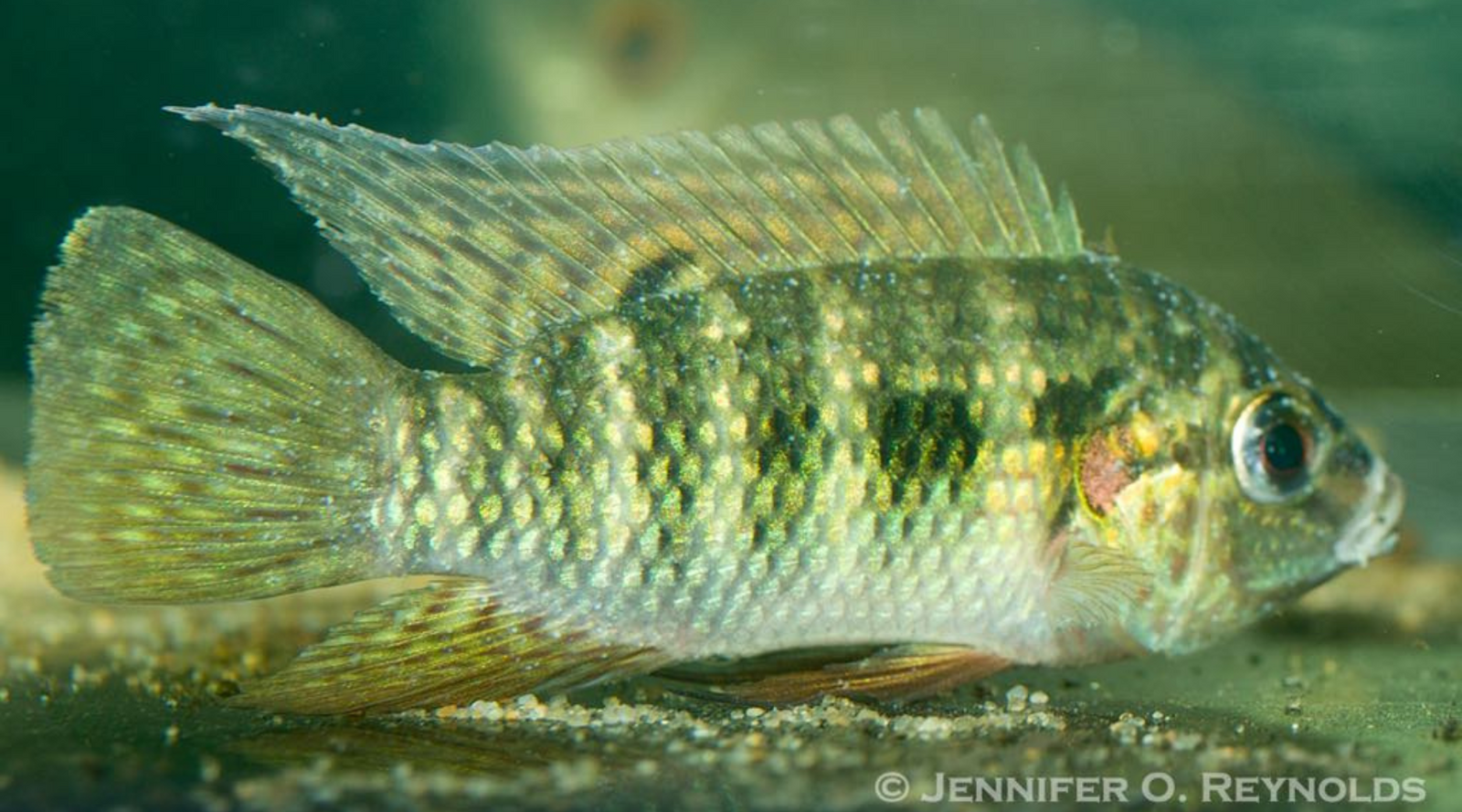
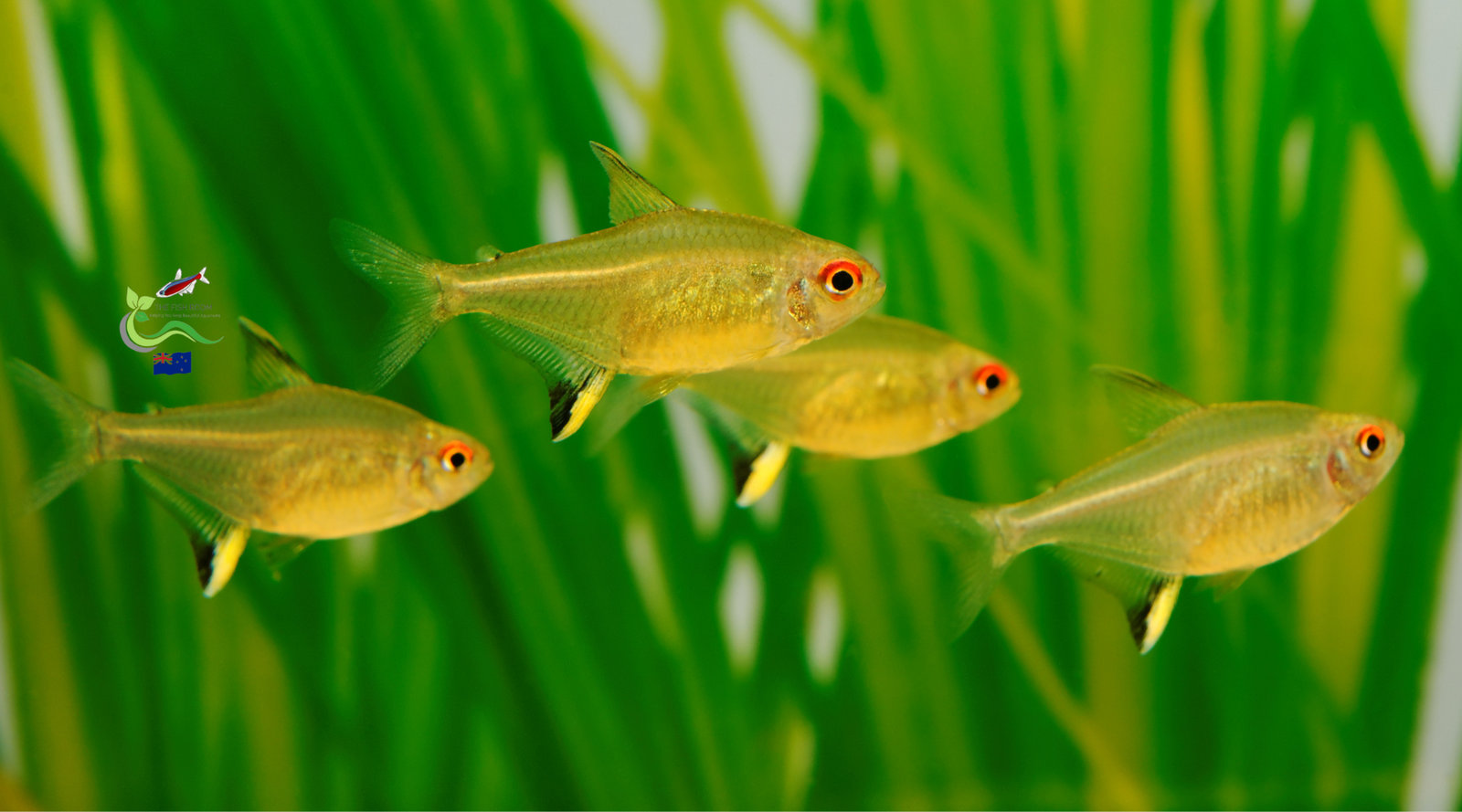
Caine Reece
July 05, 2025
Hi there,I had a few Java fern attached to driftwood with nylon in my tank.Over time the leaves deteriorated and reproduced.I saved these plants and put in other tanks and are ok.The original plants tried too regrow new leaves,but we’re eaten by my fish.None of my fish are known plant destroyers.I have seen my fish eating my plants,I have tried many plants all were destroyed except Anubis.My fish are synodontis,loaches,Colombian tetras.I have seen these fish in planted tanks and all was fine.Any advise would be appreciated ,or recommend plants that may work,cheers.